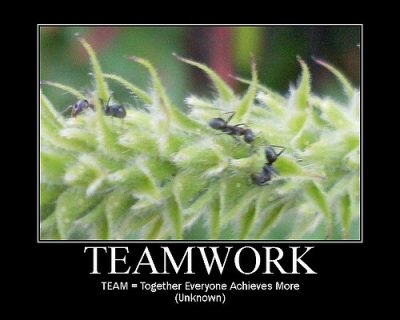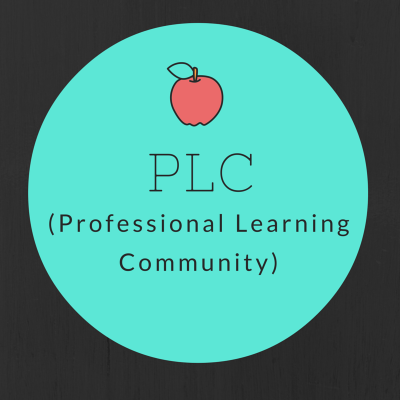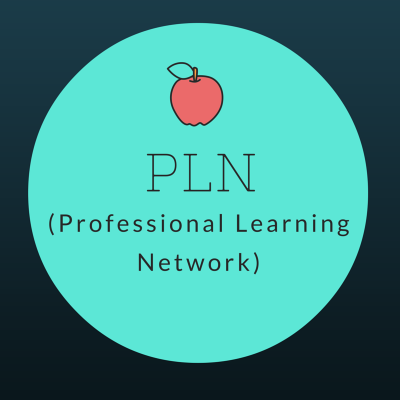Our middle school’s second year participating in a WA STEM PD grant project is coming to an end. One thing I can see clearly is the time it takes to do PLC work right.
Our plan has been to engage in professional development together in our teacher teams. PLC teams in schools are the best way to serve the needs of that school’s students. We use a protocol for our PLC work called the Professional Teaching and Learning Cycle (PTLC). Using that protocol teacher PLC teams find a student learning need in their school, plan a lesson to address the need, and observe the lesson while looking at student work samples to adjust the lesson to better meet the student’s needs. (Here’s the guide we use for the PTLC protocol.)
It takes time to meet with your PLC to find an area to investigate and improve. A teacher, or teachers, then need to teach the lesson and somehow record it (we got a Swivl Base through the WA STEM PD grant and it has been fantastic). The teacher or teachers who teach the lesson collect samples of student work then the PLC team meets again to analyze the student work. Recording the lesson helps the PLC team see what the students were learning and doing to generate the work samples the PLC team will analyze. We use another protocol to sort the student work into high (they got it), medium (almost getting it) and low (didn’t get it) piles. The PLC team then discusses how they each sorted the work samples. Rich discussions come from seeing how each teacher sorted the work samples!
Finally, the PLC team works to adjust the lesson to help students learn better.
Last year and this year our goal was to complete one entire cycle with our departmental teams and one entire cycle with our grade level teams. A great goal and very worthwhile work. In departmental teams we could focus on our subject area with all our students sixth through eighth grade, while in grade level teams we could focus on our shared students through our different subjects. We conducted the first cycle from October to January and the second cycle from February to June. Last year we started with grade level PLC teams and ended with departmental teams and this year we started with departmental teams and ended with grade level teams.
One major different between the first cycle, October to January, is that we get early release days that our principal was able to give us to do our PLC work. From February to June, for our second cycle, there were no available early release days. In order to do our PLC work we have to find time to meet on our own. With work, life, and teachers that also coach, finding time to do this PLC work is DARN DIFFICULT.
So what have we seen both years of working in this project? We complete our first cycle successfully. The second cycle doesn’t always get completed. And it’s not because of the PLC team because this year we ended with the PLC team that successfully completed a cycle last year.
Conclusion? While we know that it takes time for teachers to do PLC work in schools, that time needs to be built in to our workload. Expecting teachers to meet on their own time doesn’t work (see my last post on salary vs hourly wages). I envy schools that get an early release or late start work day once a week to do this kind of work. I know it’s less than convenient for parents but since it benefits their children it is worth it.





















































